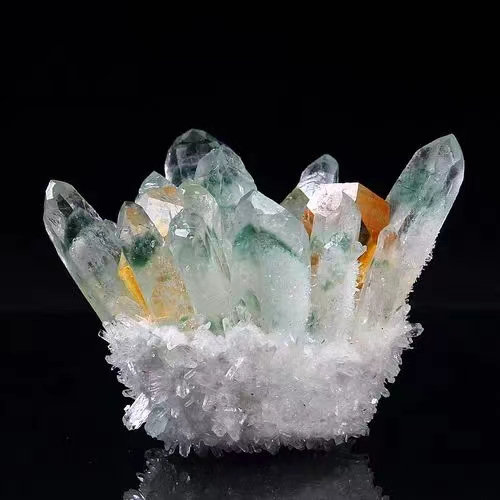Float glass, a staple in modern architecture and product design, has revolutionized how we use glass. Its journey from conception in the early 20th century to its widespread application today speaks volumes about human ingenuity and the continual quest for superior materials. For businesses and consumers looking to invest in or understand float glass, knowing the types available is crucial for making informed decisions. Below, we explore the different types of float glass, highlighting their distinct characteristics and ideal applications, guided by principles of authenticity, expertise, and credibility.

Clear Float Glass stands as the most prevalent form. Known for its exceptional transparency and distortion-free vision, this type is a go-to material in the construction industry. It’s crafted by melting raw materials like silica sand, soda ash, and limestone, which are then poured onto a bed of molten tin. This method gives the glass its perfectly flat surface and uniform thickness. This glass is often used in windows, doors, and interior partitions, offering a timeless aesthetic while allowing maximum natural light flow. Its versatility and affordability make it a favored choice among homeowners and architects alike, who seek to boost ambient light without compromising on clarity.
Tinted Float Glass adds a layer of functionality to the basic clear glass by introducing color, such as green, bronze, grey, or blue, during the production process. Beyond serving aesthetic purposes, tinted float glass provides additional benefits, such as reducing solar glare and heat gain, which can lead to lower energy costs for cooling buildings. Additionally, it offers enhanced privacy without sacrificing the structural benefits of glass. Building projects in sunny climates often utilize tinted float glass to strike a balance between natural light and energy efficiency, making it an excellent choice for commercial and residential properties seeking sustainable solutions.

Reflective Float Glass, unlike tinted or clear, is coated with a thin metallic film, enhancing its ability to reflect heat. This feature makes it highly effective in controlling temperature fluctuations in buildings, protecting occupants from excessive heat during hot weather. The reflective quality also provides an added layer of privacy, as it prevents people from seeing into the building during the day while maintaining indoor visibility. Ideal for office complexes and high-rise buildings, reflective float glass helps in cutting down on energy consumption and adding a sophisticated look to the structure.
types of float glass
Laminated Float Glass is synonymous with safety and strength. Created by sandwiching a layer of polyvinyl butyral (PVB) between two or more sheets of glass, it is engineered to hold together when shattered, preventing injury from sharp shards. This type is ideal for use in automotive industries, storefronts, and areas prone to vandalism or natural disasters. Its robustness is favored in places where security is paramount, and it can be combined with other types for bespoke functions, providing both protection and aesthetic appeal.
Insulated Glass Units (IGUs), while not a single glass type,
represent an advanced application of float glass. These units consist of two or more glass panes separated by a spacer and sealed to form a single unit. They are renowned for their thermal insulation properties and noise reduction capabilities. By limiting heat transfer and maintaining consistent indoor temperatures, IGUs cater exceptionally well to eco-conscious projects aiming for reduced carbon footprints. Widely used in climates with extreme weather, these units ensure comfort and energy efficiency.
In conclusion, the diversity of float glass types underscores its indispensable role in modern construction and design. By understanding the unique properties and benefits of each type, businesses can make informed choices that align with their specific needs, budget constraints, and environmental goals. As we continue to push the boundaries of technology and sustainability, float glass remains at the forefront, enabling innovative architectural solutions and driving forward advancements in energy efficiency and design aesthetics.



